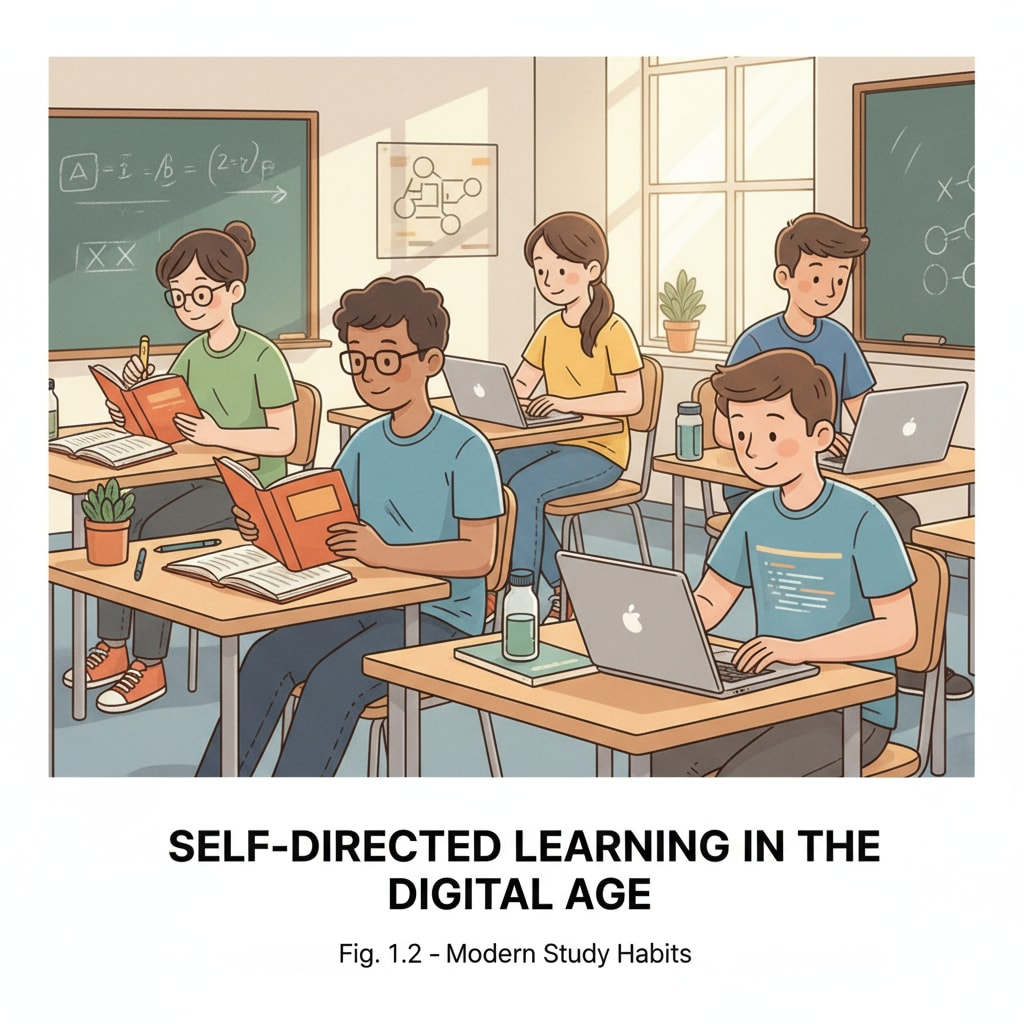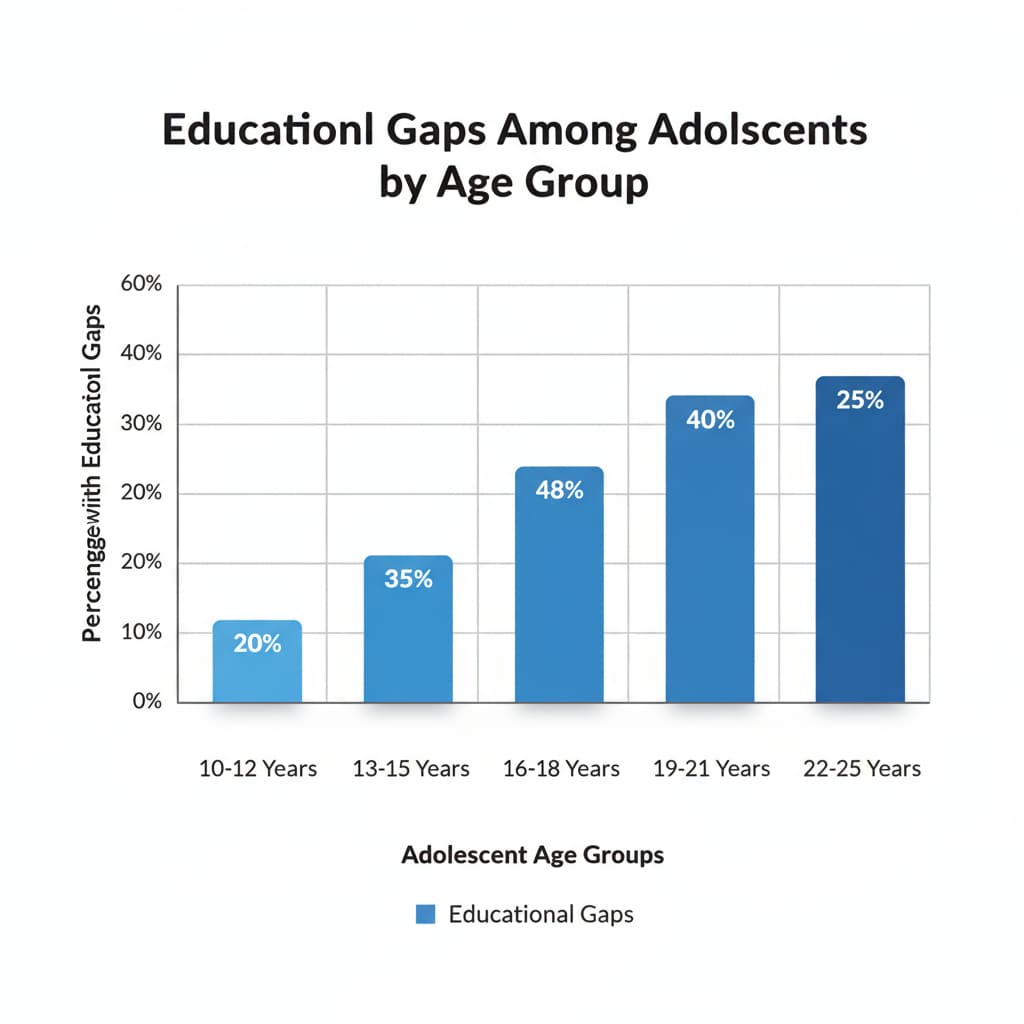Educational gaps, self-learning resources, and curriculum planning are crucial aspects for adolescents who have been forced to interrupt their formal education. In today’s world, many teenagers face this unfortunate situation due to various reasons such as financial difficulties, family issues, or health problems. However, the path to learning doesn’t have to end. With the right self-learning resources and a well-structured curriculum plan, they can get back on track and continue their educational journey.

Understanding the Educational Gap
The educational gap among adolescents is a significant concern. It can have long-term impacts on their future opportunities, both in terms of further education and career prospects. When teenagers miss out on formal education, they often lack the structured learning environment and guidance that schools provide. This can lead to gaps in knowledge and skills. For example, they might struggle with basic academic concepts or lack the study skills necessary to succeed in higher education. According to National Center for Education Statistics, a significant number of students drop out of school each year, contributing to the educational gap problem.

Self-Learning Resources
Thankfully, there is a wealth of self-learning resources available for these adolescents. Online platforms like Khan Academy offer free courses in a wide range of subjects, from mathematics to history. These courses are designed in an easy-to-understand manner, making them accessible to learners of all levels. In addition, educational YouTube channels such as Crash Course provide engaging video lessons that can help teenagers grasp complex concepts quickly. Libraries, both physical and digital, also offer a vast collection of books, journals, and study materials that can be used for self-study.
Curriculum Planning
Once adolescents have identified the self-learning resources they need, the next step is to create a curriculum plan. This involves setting clear goals, deciding on the subjects to study, and creating a schedule. For example, if an adolescent wants to catch up on high school math, they can break down the topics into smaller, manageable chunks and allocate specific time slots for each. It’s important to be realistic and flexible in the planning process. They can also seek advice from educators or mentors who can provide valuable insights and guidance on creating an effective curriculum plan.
Moreover, along with academic learning, it’s essential to address the psychological aspects of these adolescents. They may feel frustrated, discouraged, or overwhelmed due to their educational gap. Providing emotional support, such as counseling services or support groups, can help them build confidence and motivation to continue their learning journey. In conclusion, by leveraging self-learning resources and creating a well-thought-out curriculum plan, adolescents with educational gaps can overcome their challenges and build a brighter future for themselves.
Readability guidance: Short paragraphs and lists are used to summarize key points. Each H2 section aims to provide a list. The proportion of passive voice and long sentences is controlled. Transition words are added throughout the text for better flow.


